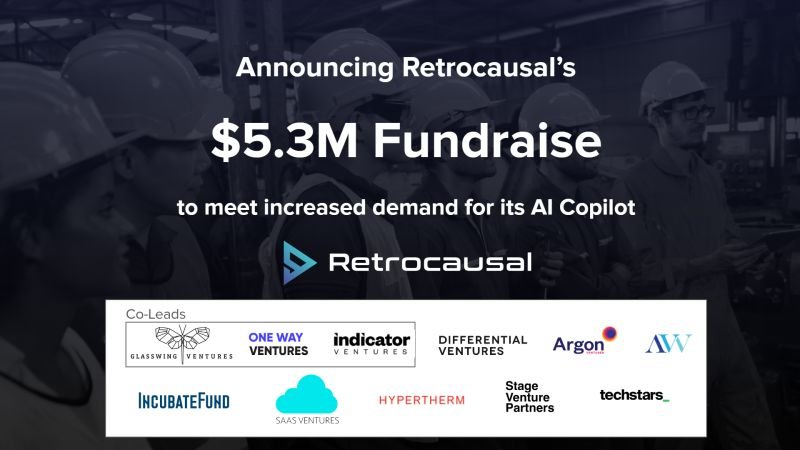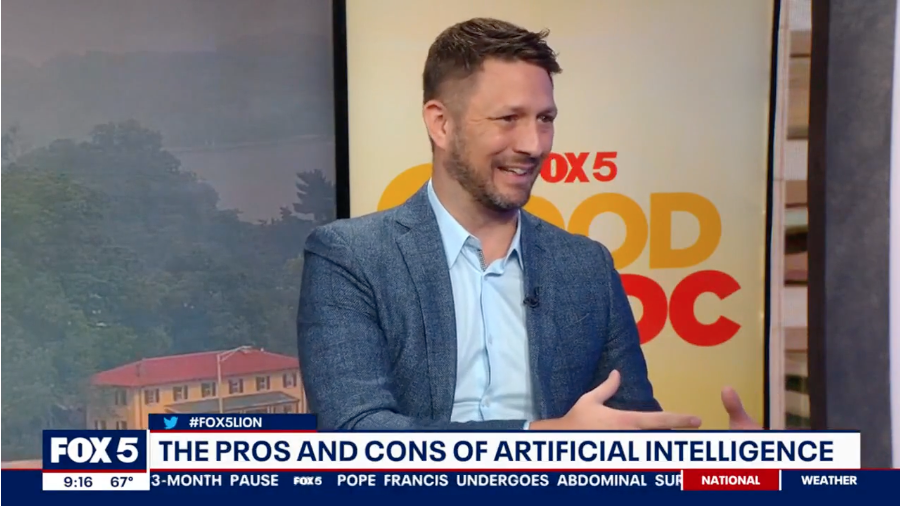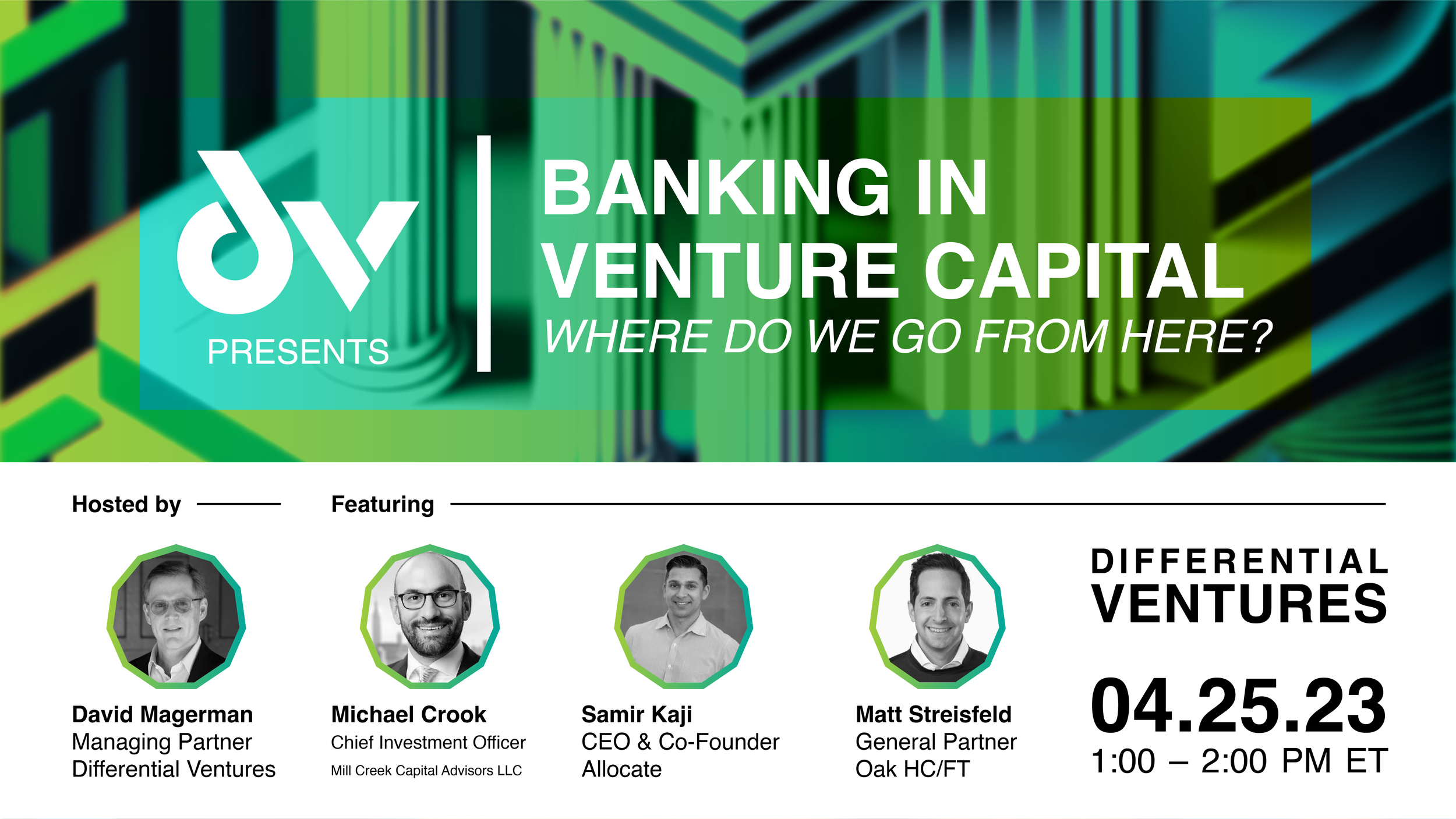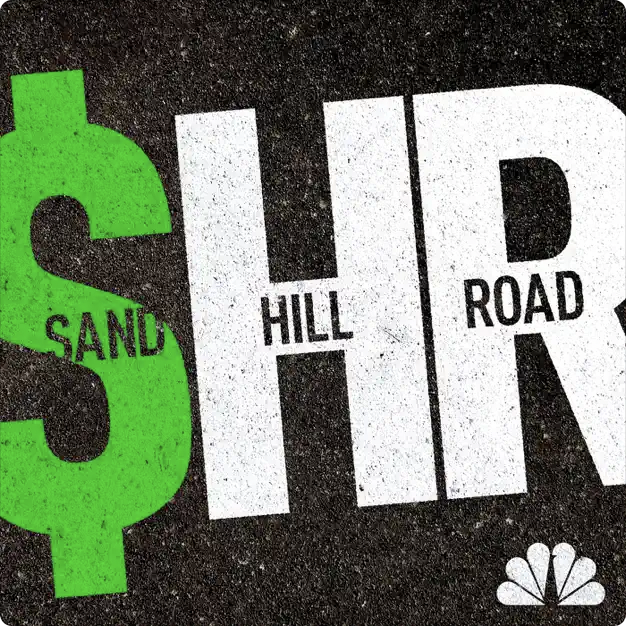Extending Your Runway - Why? And What Can We Learn from the 2008 Financial Crisis?
By Tiffany Kim and Nick Adams
Since the outbreak of Covid-19 shuttered the US economy in March, the investor community has been spewing advice to startups at a rapid pace. One of the refrains sung most frequently is ‘cut your burn rate to extend runway as long as possible.’ While this advice certainly seems to have merit, we set out to evaluate the available data from 2008 to better understand why.
Let’s look first at 2008.
The Global Financial Crisis (GFC) was largely a liquidity issue centered on the financial services industry, but the ripple effect was so severe that it threatened to cripple the global economy. The first indications of the crisis appeared during 2007, but the real market chaos accelerated in September 2008 with the collapse of Lehman Brothers. Because the most extreme repercussions of the GFC occurred during late 2008 and early 2009, the impact on B2B-focused startups was mostly realized during 2009 and 2010 as corporate budgets were frozen or slashed, unemployment remained stubbornly high, and it became much more difficult to raise capital.
Subsequently, the cost of capital increased and deal terms shifted in favor of investors. During 2009 and 2010, even as VC round sizes dropped by around one-fourth, founders were selling ~25% of their company compared to 15-20% in previous years.
As a result of the reduced amount of capital in the system and slow growth attributed to budget cuts at most startups’ customers, we can point to two clear consequences:
Fewer companies raised a Series A than previous years. The chart below represents companies that raised a Seed round in a given year and the percentage of those companies that went on to raise a Series A. Companies that raised a Seed round and went on to raise a Series A later dropped by nearly 40% between 2006 to 2008. The graduation rate from Seed to Series A normalized around 33% between 2008 and 2016 (the most recent year when nearly all companies that raised a Seed round would have raised a Series A if they were inclined to do so) however, as we will discuss later in this post, the sheer size of the startup ecosystem grew exponentially after 2010. Based on the timing, it is reasonable to assume that the rapid drop in the graduation rate from 2006 - 2008 can be attributed to the market conditions caused by the GFC as opposed to a new normalized rate based on changes in the startup ecosystem.
Figure A. Source: Pitchbook
The failure rate for startups that raised a Seed round during 2008 was higher than any prior or subsequent year. Given that companies tend to fail faster than they reach an exit, it is possible the actual percentages of success vs failure will end up being higher for more recent years. That said, because the volume of Seed deals consummated today is much higher (~2500/year vs 400 in the late 2000s), the success rate may normalize at a lower number if the M&A and IPO markets are unable to sustain the 35% exit rates from a decade ago. But it is an interesting observation to make: companies that raised a Seed round in 2008 had a failure rate 12 percentage points higher than the success rate, which was a drastic inversion of results from previous years.
Figure B. Source: Pitchbook
What is different today?
Macro Environment
The GFC was predominantly an economic shock that could be addressed through policy by way of $940 billion of tax incentives and infrastructure spending, in the US alone. In contrast, the world is currently dealing with a global health crisis that has the second-order effect of halting most offline commerce and forcing many companies to deal with capital issues caused by a loss of substantial portions of their revenue. The societal uncertainty caused by COVID-19 creates economic challenges that can't be fixed exclusively by fiscal policy, and the country can’t reliably be put on a path to full recovery without a cure.
Unlike 2008, there has not been a liquidity crisis and a deep drop in the stock market. We are still in the early days of realizing the impact of the current crisis so the longer-term effects are still unknown. What will inevitably play out over a longer period of time is the unprecedented spike in unemployment. Over the last 9 weeks, 38 million Americans have filed for unemployment benefits and millions of self-employed workers, not eligible for unemployment benefits, have seen their incomes slashed. Given the lingering health concerns, unemployment will likely remain stubbornly high for the foreseeable future and the impact on all markets will be even more significant than we have experienced to-date.
That said, the US government acted with unparalleled speed and scale to inject more capital into the system. The Federal Reserve has already printed $2.2 trillion with many estimates projecting that number to climb to $3.5 trillion by year-end. Intuitively, one would expect this to create high inflation in the future but it’s not a certainty.
Startup and VC Ecosystem
The growth rate of startups and the capital pouring into them has grown exponentially since 2008. There is far more capital in the system now and many more companies seeking that capital. The details require an entirely separate blog post but here is how the numbers compare from 2008/2009 to 2019:
Source: Preqin and First Republic Bank
*only Seed data available
The obvious observation here is that everything is bigger.
6x the number of companies raised a seed round
Deal size increased >5x from 2009
Valuations increased 3x from 2009
Going into 2020, there were 1,023 VC funds in the market targeting a total of $98 billion. In January 2010, funds were targeting only $34 billion. Looking at the broader private equity market, there is >2x the amount of dry powder in the market now (~$1.5 trillion) vs 2009 ($675 billion).
Nearly all aspects of the market have multiplied proportionately so there is cause to believe that startups should still have access to capital at a rate that, at worst, is not that dissimilar to during the GFC. The actual result will ultimately be a product of evolving investment strategies by funds.
What will be more difficult to predict is how companies that have raised predominantly from angel investors, family offices, and corporations will fare. Most of these types of investors are relatively new to the technology and startup ecosystem and, in most cases, have different investment philosophies and the ability to provide follow-on capital as compared to VC funds.
Why is it worth hedging (extending runway)?
Cutting costs in your business has obvious tradeoffs. Sales and marketing might suffer. Product may be built slower. Company culture may shift. As Fred Matera said in our Leadership Series, “Hedging costs money. Hindsight bias is free.’ So why the emphasis on this uncertain and costly hedging strategy? There are a few reasons why this is being pushed so aggressively:
As we saw earlier in this post the cost of capital is very likely going to go up. Extending your runway increases the time before you have to re-enter capital markets - meaning you can wait it out for more favorable valuations and terms.
Revenue and cash are more likely to drop rapidly than expenses unless you do something about it quickly and aggressively. As First Round Capital said in their Founders Field Guide to Navigating this Crisis, "when budgets start coming down and people start maximizing profit over growth, it can be unbelievably hard to sell your product.”
Scenario planning, by way of stress-testing your business, is a relatively easy way to hedge. Preparing for the worst and out-performing is much better than the alternative.
Outlast the competition. Sometimes the last company standing is the default winner. Previously we wrote about Selling in a Downturn. It is possible your company will be counter-cyclical but one would have to be in a pretty unique position to assume that as ‘Plan A.’
While the parallels between the financial crisis of 2008 and the pandemic-induced crisis of today are certainly not exact, the lessons learned do make for a valuable playbook for surviving in a world of uncertainty. Many investors have lived through at least one significant market downturn and many have seen more. So, while things will certainly play out differently over the next few years than we have previously experienced, cutting costs and extending runway is a logical starting point to have more flexibility as the world evolves.
































